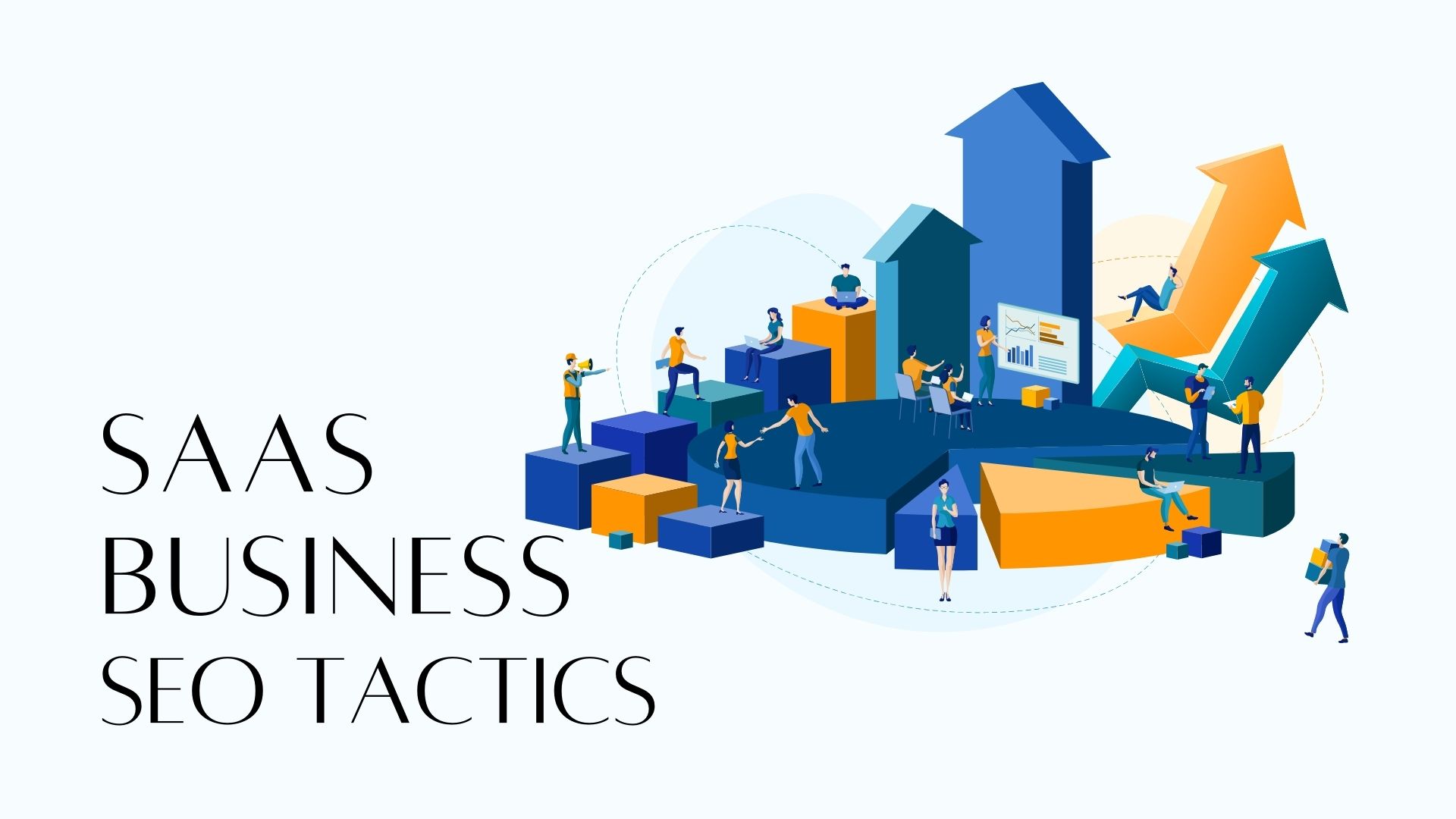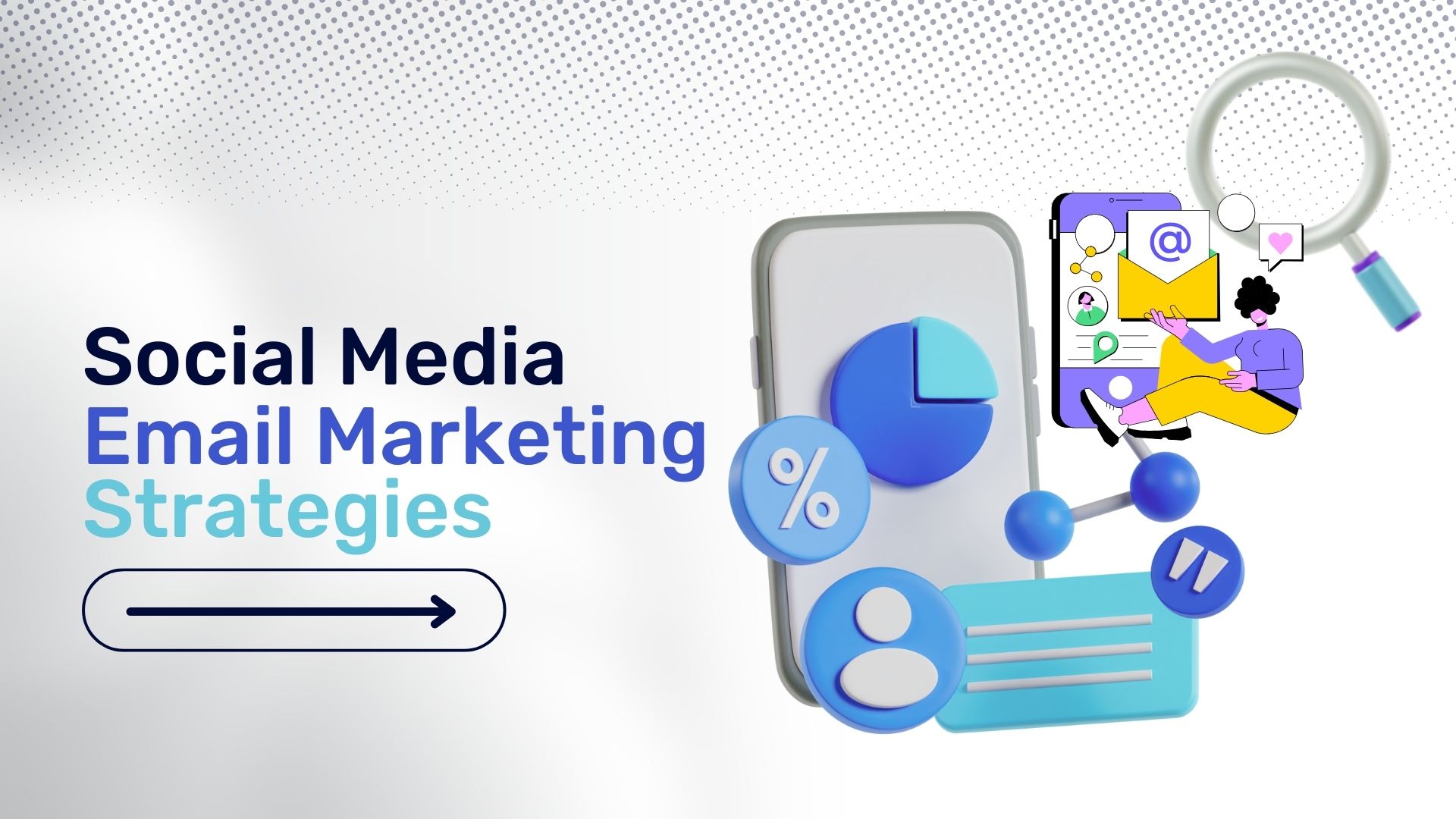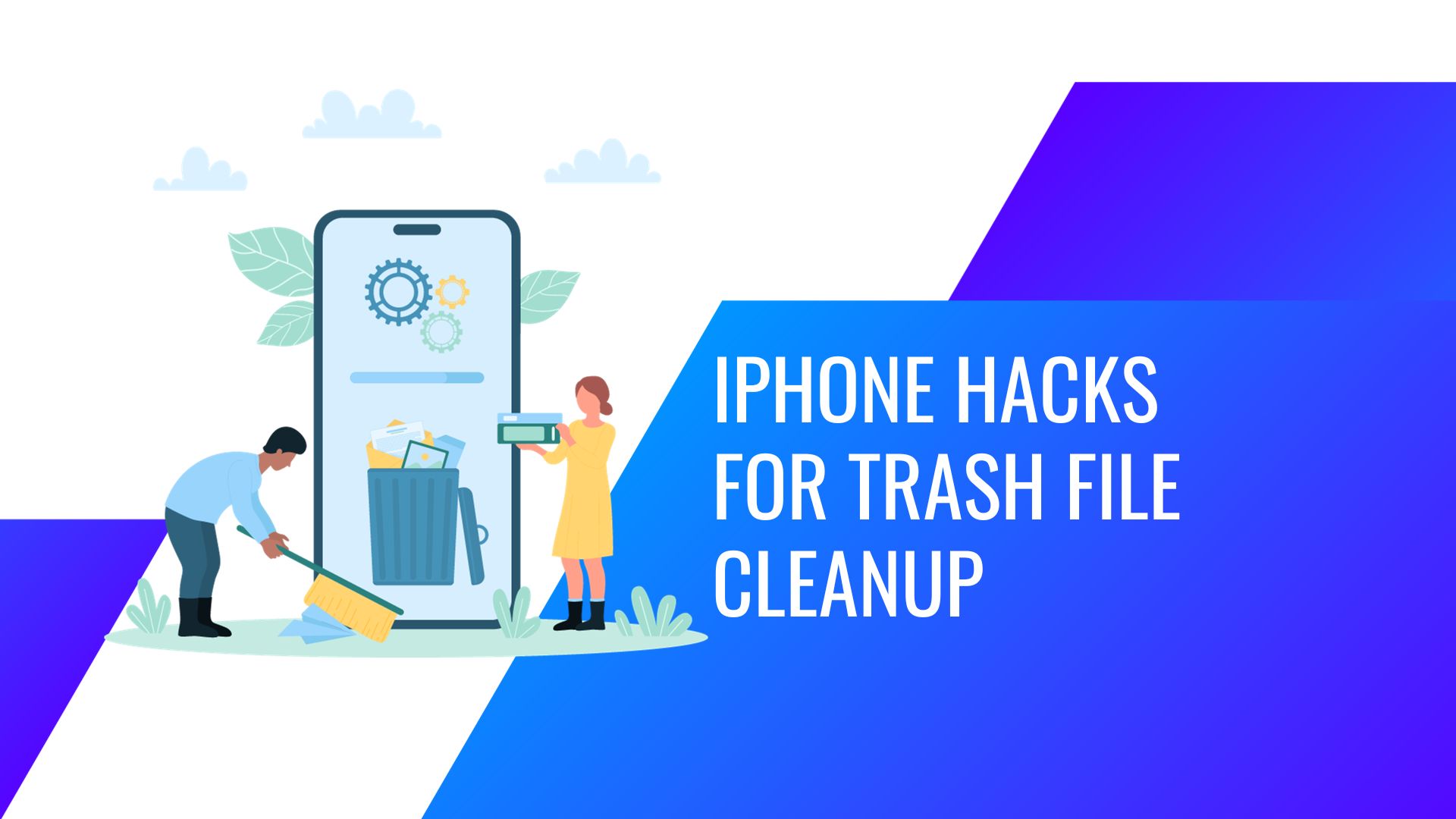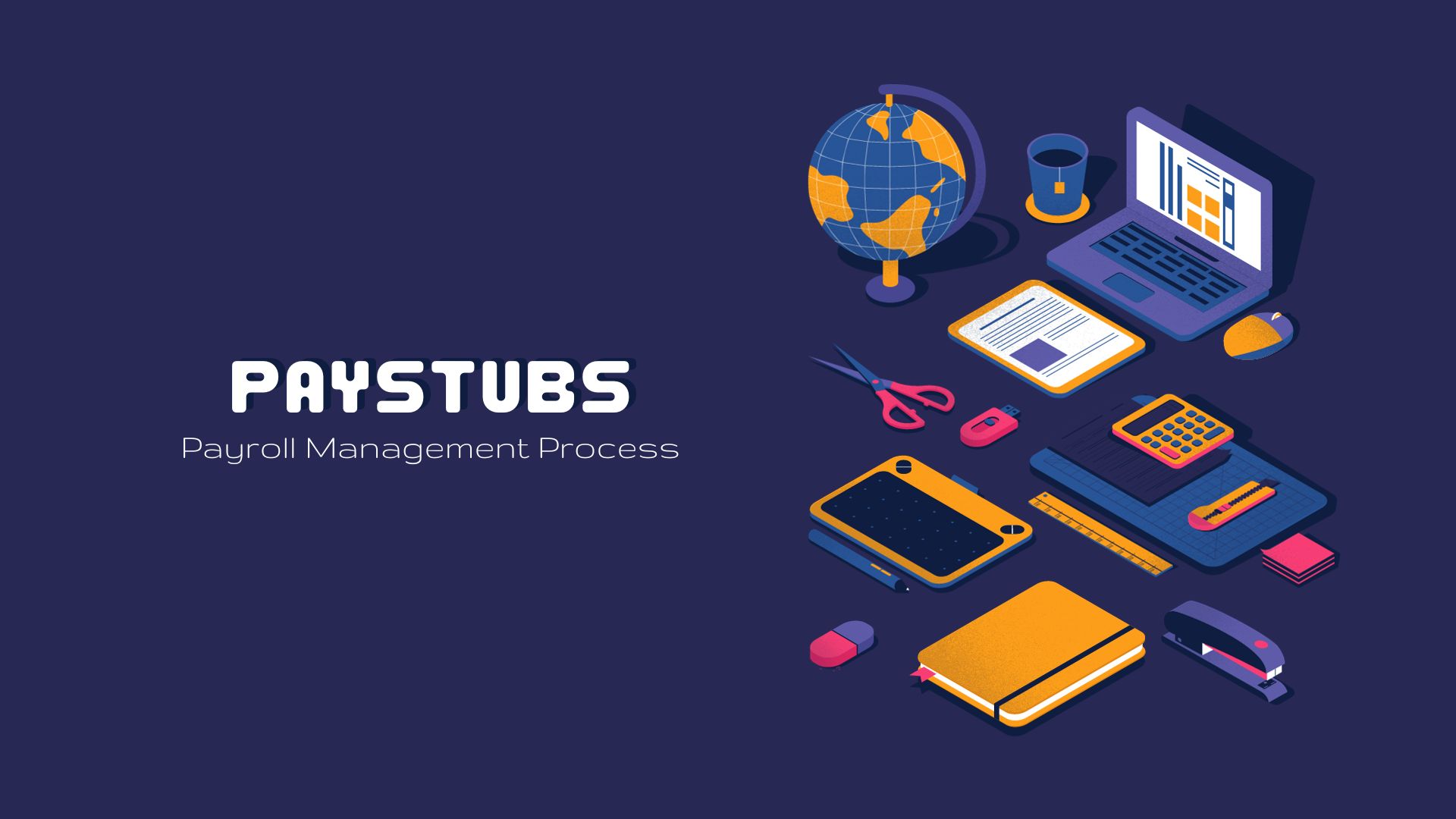Microsoft Enterprise Agreement Licensing Change: What Should You Do?
WHAT WE HAVE ON THIS PAGE
By Tim Hegedus, Miro Consulting
As of July 1, 2016, the Microsoft Enterprise Agreement will double its license user/device minimum from 250 to 500 users or devices. Organizations that fall into the 250 to 499-license category must take action before the deadline. In fact, these organizations should make a definitive decision as soon as possible.
For the 250 to 499-license organization, there are two options:
- Purchase more licensing to meet the 500-seat minimum and remain with the Microsoft Enterprise Agreement
- Change to a Microsoft Products & Services Agreement (MPSA), formerly the Select Plus Agreement
For those that are under a 250-user/device license, the only likely choice is to change to the Microsoft Products & Services Agreement (MPSA). As with any licensing scenario, there are options that need to be thought out with pros and cons weighed for each scenario.
Some organizations may also decide not to take action at all, but that’s really the worst action that could be taken. As of July 1, if you have a need for fewer than 500 licenses, your organization would no longer be eligible for the Enterprise Agreement based on Microsoft’s license “refresh.”
There is a one-time deferment option, however. So you can postpone the decision for another Enterprise Agreement term (i.e., three years). This would be especially true if your organization is close to the 500-license threshold or will be in the near future.
What should companies with 250-499 licenses consider when determining whether to go with Microsoft Enterprise Agreement or MPSA? Three important considerations are:
- Pricing
- Software Assurance
- Resources
Price Differentiation
A significant number of companies fall between the 250 to 499 users or devices licensing range. This is an opportunity for these organizations to step back, review their licensing needs thoroughly before making a decision on which path to take: EA or MPSA.
Unfortunately, it’s not as easy as “just closing the gap” with a simple arithmetic calculation. There are certain pros and cons to just adding another 10 licenses to make that 500 license minimum.
If the enterprise license count is extremely close to 500, this is likely a no-brainer as its price point won’t have much impact.
However, the price differential between the Enterprise Agreement and the MPSA is appreciable, ranging from 25 percent for Enterprise products (such as Windows Client, Office, Core CAL Suite) to around 5 percent for additional products (such as Windows Server, Exchange Server, SQL Server). When confronted with this pricing gap, the three-year price hold the Enterprise Agreement affords is a big benefit.
Software Assurance
Software Assurance can be too valuable to lose. In fact, we see Software Assurance (SA) as a mission-critical part of the Microsoft license, no matter which licensing methodology you use. Simply dropping
Software Assurance coverage on every product is seldom a reasonable answer despite the 25 percent SA surcharge fee per every server license.
Why? Software Assurance gives your enterprise the right to upgrade to more recent versions of a software, it’s required for License Mobility and Disaster Recovery benefits, and it’s often critical when Microsoft audits. These benefits far outweigh the cost of SA.
In order to continue with Software Assurance, the under 500-license organization will continue under MPSA even though pricing and purchasing will be different.
Time and Resource Factors
Managing Microsoft licensing will be different between an EA and an MPSA. For example, an enterprise under a Microsoft audit with a shortfall in licensing would have vastly different outcomes with an EA versus an MPSA. With an EA, a licensing gap found during an audit is more likely to result in a true up, specifically paying for the license and the SA fees prorated to the end of the current agreement term unlike the transactional MPSA, where true up is not an option. Instead, under an MPSA they will add the new license plus three years of SA.
For this reason, as well as several others, the licensing environment under an MPSA must be actively managed, budgeted and reviewed constantly. Licensing entitlements must be managed, and any shortfalls must be remedied immediately.
For any enterprise contemplating the move from EA to an MPSA due to having fewer than 500 licenses, more active management of licensing will be the challenge that awaits them.
Questions to Ask When Evaluating EA vs. MPSA
These questions should be considered when weighing Microsoft licensing options:
- Are there additional Microsoft products the business or employees want or need now?
- Are there any future changes to the business over the next three years?
- Are there any planned migrations?
- Are you seeing any significant growth in user population, or will it remain relatively the same?
- Are there enough internal resources to understand and actively manage the entire inventory of Microsoft products, including any licensing rule changes?
- Is there enough expertise in-house on Microsoft licensing?
- Do we have the budget to sustain closing the licensing gap with new procurements, upgrades or the like?
Wrapping up: Reviewing the Options
An organization with a 500-license Microsoft EA does not need to take action.
Enterprises that are close to the 500-license minimum must decide whether to meet the new minimum, or take on the MPSA, or take advantage of the one-time deferment if appropriate.
Enterprises that are not near the 500-license minimum can proceed with an MPSA or take advantage of the one-time deferment if appropriate.
Tim Hegedus is a senior managing analyst for Miro Consulting. The firm helps companies analyze and negotiate enterprise software contracts, specifically Microsoft and Oracle licensing. Miro Consulting has 500-plus clients across North America.

Sean Michael is a writer who focuses on innovation and how science and technology intersect with industry, technology Wordpress, VMware Salesforce, And Application tech. TechCrunch Europas shortlisted her for the best tech journalist award. She enjoys finding stories that open people's eyes. She graduated from the University of California.








